Es esa época del año otra vez; las hojas están cayendo, y el clima se está enfriando. ¿Eso significa que es hora de cambiar su rutina de cuidado del césped? ¿Es hora de colgar el cortacésped y dejar que la naturaleza siga su curso?
Cortar el césped es una parte integral de la rutina de cuidado del césped, y cortarlo en el otoño puede ser una excelente manera de mantener su jardín en buen estado y ordenado. Sin embargo, llega el momento de dejar de cortar y dejar que el césped quede inactivo. Entonces, ¿cuándo es ese momento? ¡Siga leyendo para obtener respuestas a esas preguntas y más!
Cuándo dejar de cortar el césped
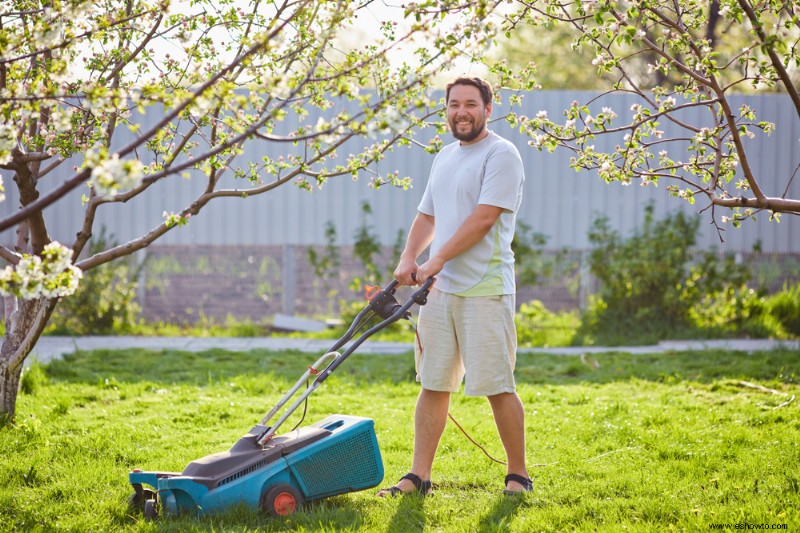
A medida que los días se acortan y la temperatura desciende, el crecimiento de la hierba comenzará a disminuir. Esta es la manera que tiene la naturaleza de preparar su césped para la inactividad invernal.
Durante el otoño, corte el césped más corto cada vez que lo corte. Tenga cuidado de no dañar su césped. El objetivo es preparar su césped para el invierno sin dañarlo. Nunca quites más de ⅓ de la hoja de una sola vez.
Su césped debe ser corto en invierno, ya que la hierba alta da la bienvenida a los ratones y otras criaturas pequeñas para hacer sus hogares. Pueden causar estragos en su césped.
Por lo tanto, si tiene que cortar el césped con menos frecuencia, especialmente a fines de octubre, es una buena indicación de que es hora de cambiar su rutina de cuidado del césped. Una vez que su césped haya dejado de crecer por completo, deje de cortarlo.
Cómo preparar su césped para el invierno
El otoño está sobre nosotros y es hora de comenzar a pensar en preparar su césped para el invierno. Estos son algunos consejos que le ayudarán a empezar:
Rastrillar las hojas con regularidad
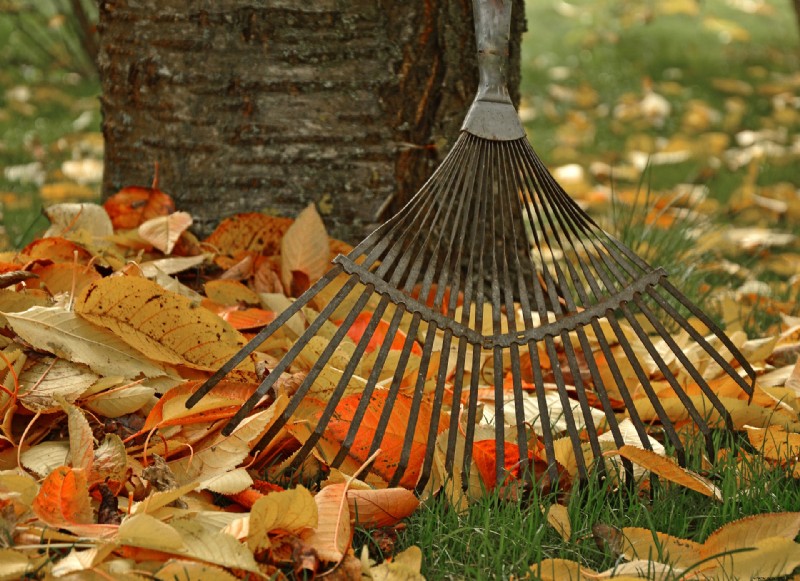
Rastrillar las hojas es una parte importante del cuidado del césped. Ayuda a eliminar los desechos y la acumulación que pueden dañar el césped. Rastrillar también puede aflojar la tierra compactada, lo que permite que el aire y los nutrientes lleguen a las raíces del césped.
Para aprovechar al máximo el rastrillado de hojas, comience por quitar las hojas o ramas grandes del césped. Estos se pueden compostar o desechar de otra manera.
Luego, use un rastrillo para recoger las hojas de la superficie de su césped. Asegúrese de rastrillar en la misma dirección cada vez para evitar dañar el césped. Puede compostar las hojas que recoja, pero omita cualquier objeto inorgánico (como plásticos) de su lote.
Aire su césped
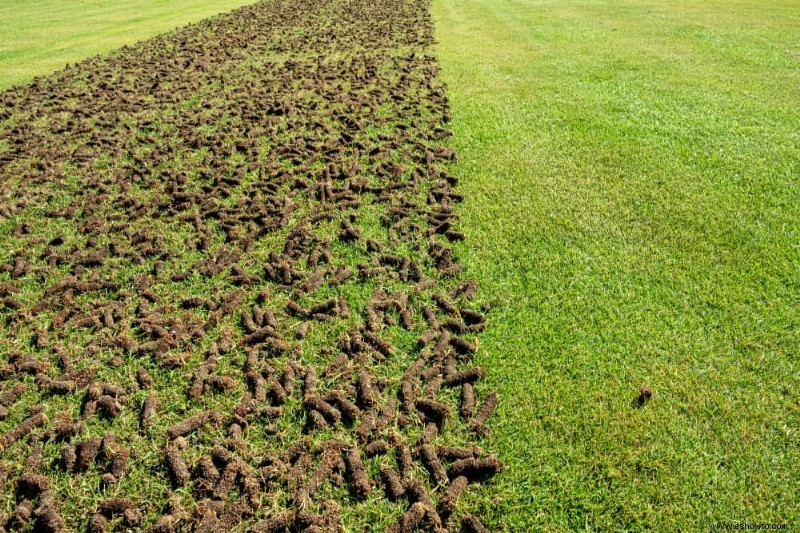
Al airear su césped, se asegura de que el oxígeno y el agua puedan llegar a las raíces de su césped, lo que ayudará a mejorar el drenaje y evitar la compactación. Promueve un césped saludable y lo prepara para los meses más fríos que se avecinan.
Hay dos tipos de aireación:aireación de núcleo y aireación de espiga. La aireación central consiste en quitar pequeños tapones de tierra del césped, lo que permite que el aire, el agua y los nutrientes lleguen a las raíces del césped más fácilmente.
La aireación con púas consiste en hacer agujeros en el césped con púas de metal o plástico. It doesn’t remove any soil but can be helpful prior to fertilizing your yard. However, since it can actually encourage soil compaction by constricting the soil, it’s not generally recommended.
Note: You should only aerate cool-season grasses in the fall. Aerate warm season grasses in the summer.
Fertilize Your Lawn
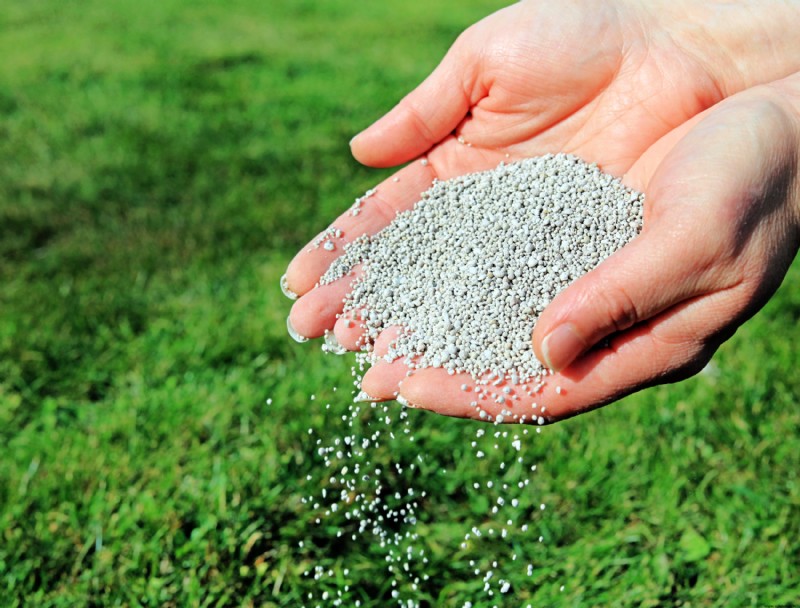
When fertilizing your lawn, there are a few things you need to keep in mind. For one, you want to make sure that you do it before the first frost hits. This will help ensure that your grass can better withstand the cold weather.
Another thing to consider is the type of fertilizer you use. There are many different types on the market, so choosing one specifically designed for lawn use is essential. This will help ensure that your lawn gets the nutrients it needs to stay healthy and green all winter.
Finally, you’ll want to be sure to water your lawn well after fertilizing, which will help the fertilizer to reach down into the roots of the grass, where it will do the most good.
Overseed Your Lawn
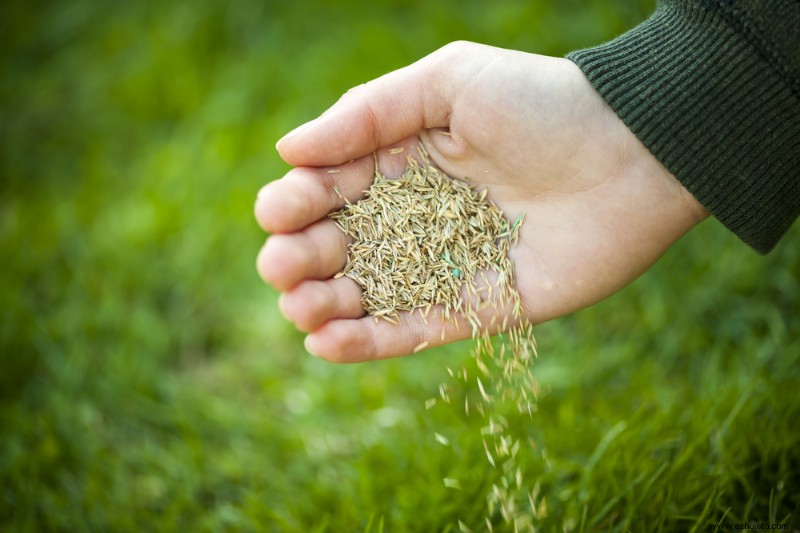
To keep your lawn looking its best heading into winter, overseeding is a must. Overseeding is the process of planting grass seed directly into your existing turf. This process gives your lawn a thicker, lusher appearance and helps to crowd out any weeds that might be trying to take hold.
To get started, you’ll need to purchase a good quality grass seed mix from your local garden center or nursery. You’ll also need to aerate your lawn before planting the new seed. Aerating helps to loosen up the soil and allows the new seeds to take root more easily.
Once you’ve prepared your lawn, you can simply scatter the grass seed by hand or use a seed spreader for more even coverage. Be sure to water the newly seeded areas regularly until the grass has had a chance to germinate and grow.
With a little effort, overseeding your lawn in late summer or early fall will give you a beautiful, healthy lawn that can withstand the rigors of winter weather.
Mowing Your Lawn
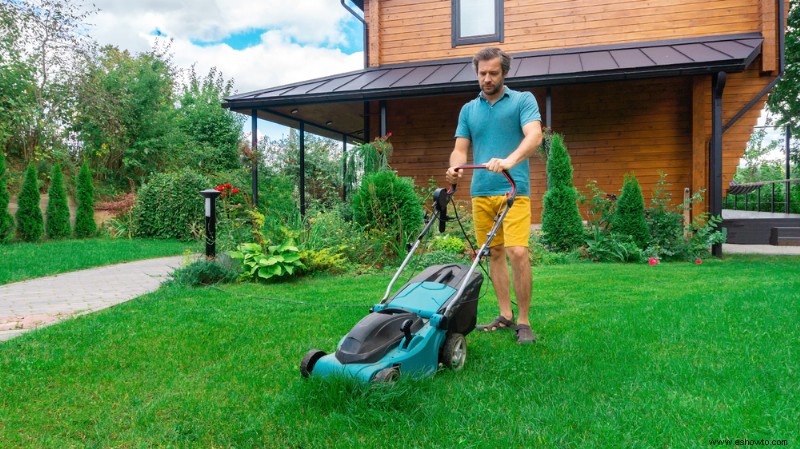
It’s important to give your lawn a final trim before winter hits. This will help ensure that your grass is healthy and strong when spring arrives. Here are some tips on how to properly mow your lawn before winter:
Set your mower blade to 2 to 3 inches, depending on the type of grass you have. Doing so will prevent the blades from scalping the grass, damaging the roots, and making the grass more susceptible to disease.
Before mowing, remove any debris from the lawn, such as leaves or sticks. This will help prevent the blades from becoming dull or damaged.
After mowing, rake up any clippings and dispose of them properly. Do not leave them on the lawn, as debris can smother the grass and promote disease.
¡Ahí lo tienes!
So, when is the time to stop mowing your lawn and let it go dormant? Well, it turns out, it’s when your grass stops growing! Every yard is different and will have a different optimal time for dormancy. However, this can give you some general guidelines to follow to make the decision yourself.
Do you have any tips or tricks for keeping your lawn looking good during its dormant season? Leave a comment below and share your wisdom!

